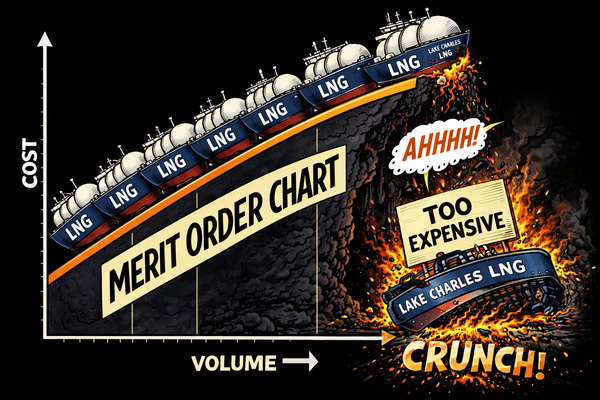Negative wind subsidies help cash-strapped UK energy suppliers
The Contract for Difference mechanism is easing the big squeeze on retailers


Member discussion: Negative wind subsidies help cash-strapped UK energy suppliers
Read what members are saying. Subscribe to join the conversation.





